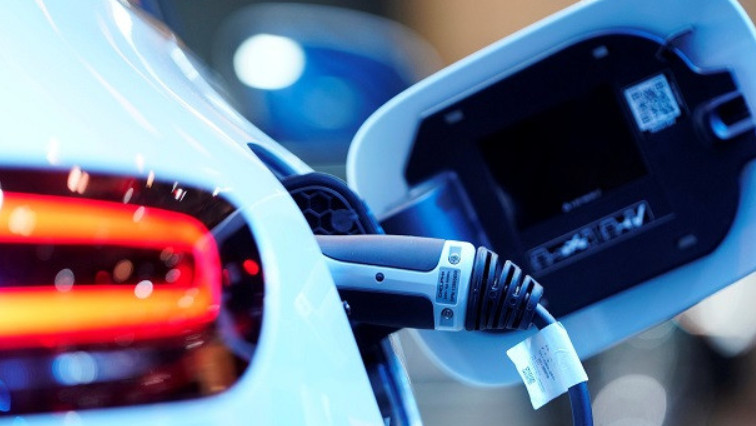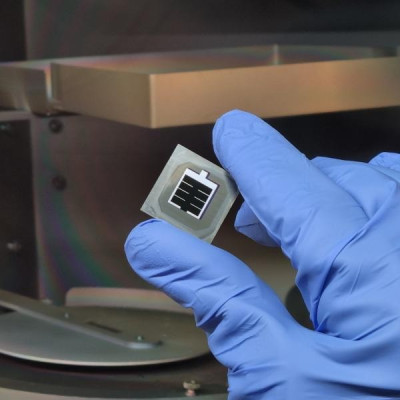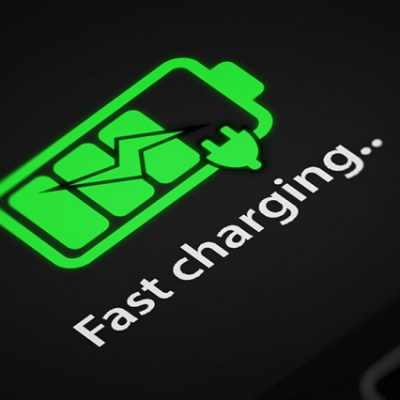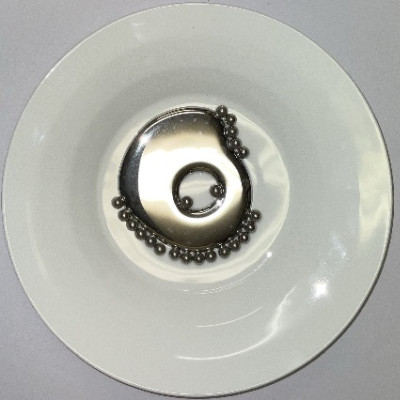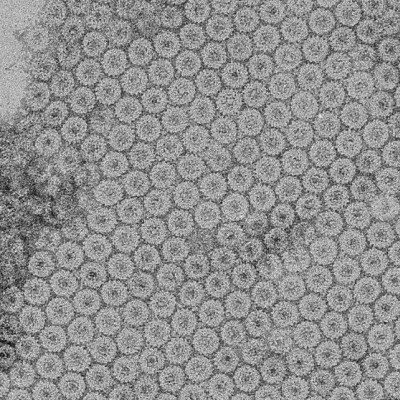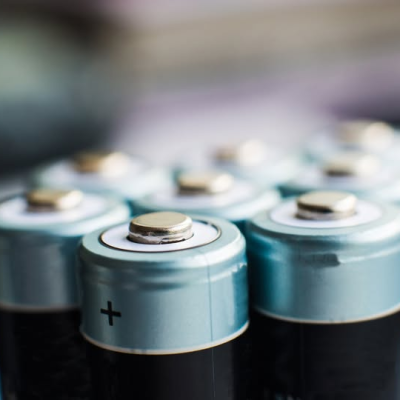According to GAC's claim, the graphene "super-fast-charging battery" can be recharged to 85 percent in just eight minutes.
If the final data is true, the charging time will be comparable to the refueling time of traditional fuel cars, which will also be a technological revolution for new energy vehicle batteries.
On May 13, GAC Group's new energy department announced that graphene battery mass production research and development work will come out of the laboratory and mass production of vehicles, and by the end of this year, graphene battery technology will be equipped on some models of GAC's new energy Aion line.
This is another demonstration of the key technology in the battery field by China's independent auto brands after BYD launched its blade battery.
GAC started the research and development of graphene technology back in 2014. After nearly six years of exploration, GAC has gradually mastered the preparation and application technology of three-dimensional structural graphene (3DG) material with independent intellectual property rights.
In November 2019, GAC's self-developed "super-fast-charging battery" based on 3DG material was officially announced to the public. Currently, new energy vehicles are expensive, mainly due to the expensive batteries used in them.
The battery of a new energy vehicle can account for about 40% of the cost of the vehicle, and the price of a new energy vehicle priced at 200,000 RMB is estimated to be between 70,000 RMB and 80,000 RMB. This is also the reason why new energy vehicles are generally more expensive than traditional internal combustion engine vehicles in recent years.
However, the main influence on the promotion of new energy vehicles is the battery's mileage and charging time, if GAC can solve the problem of battery fast charging, it will have a positive impact on the promotion of new energy vehicles.
Read the original article on cnTechPost.

